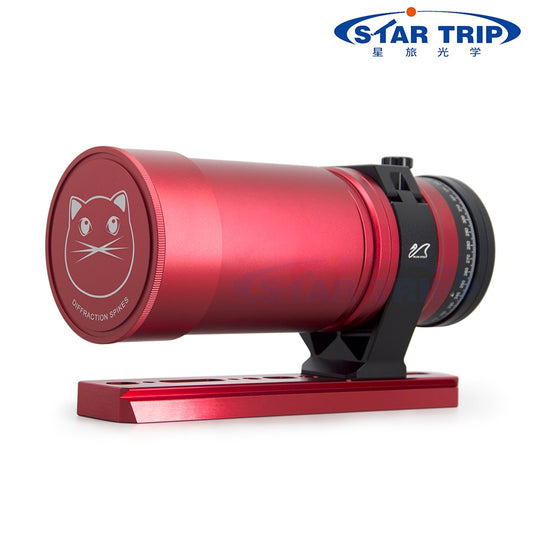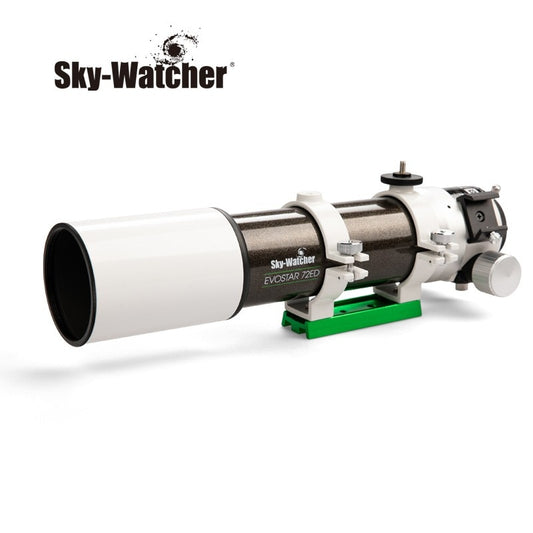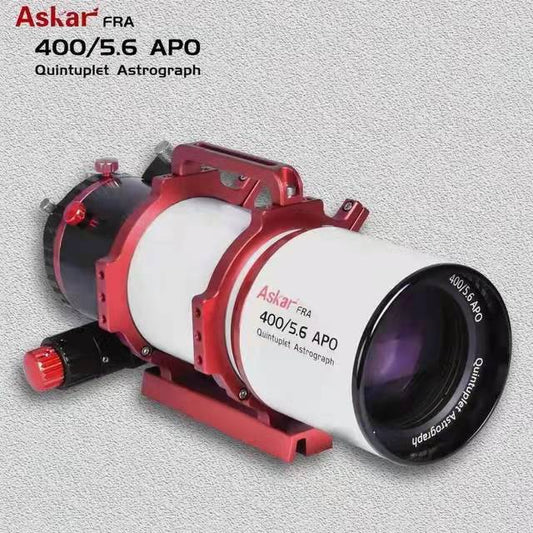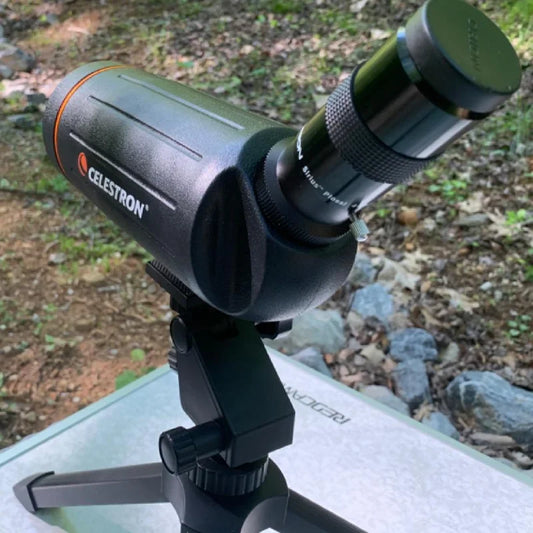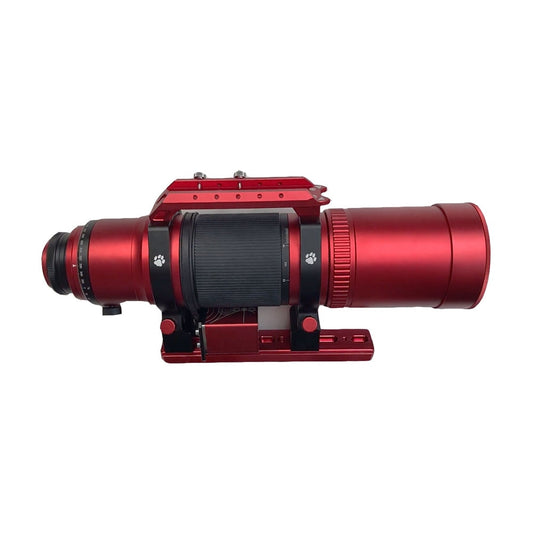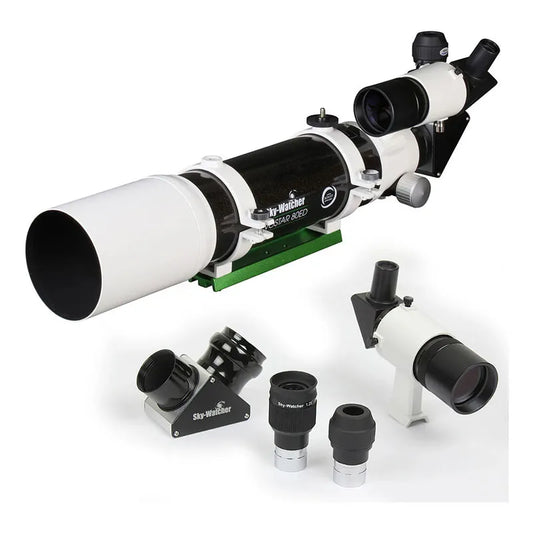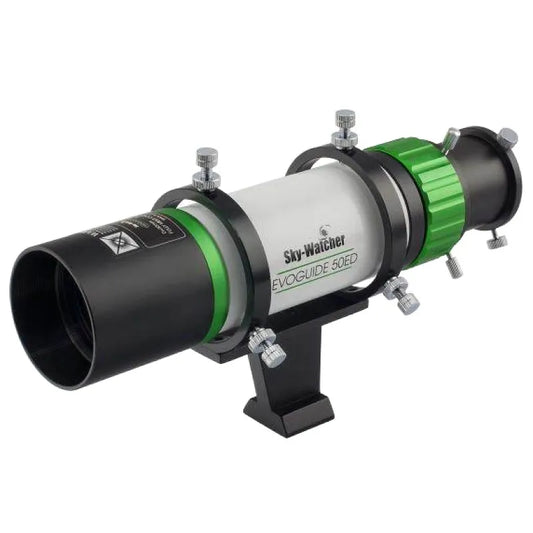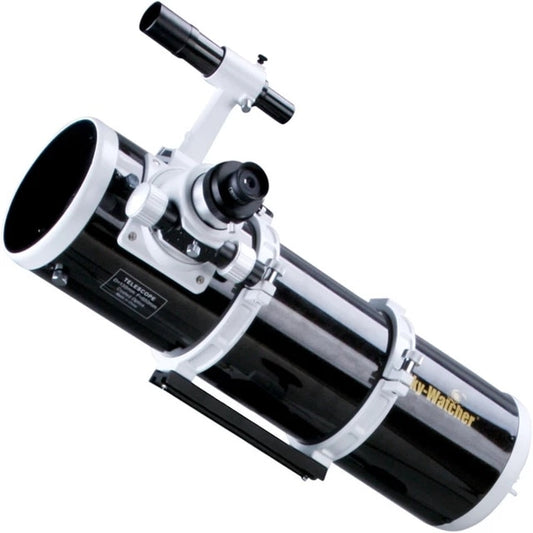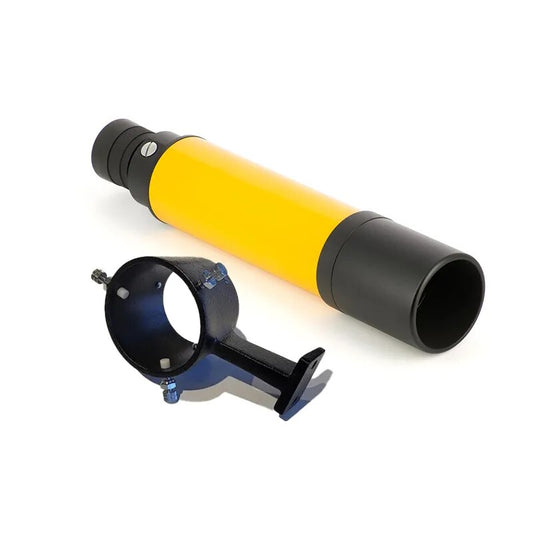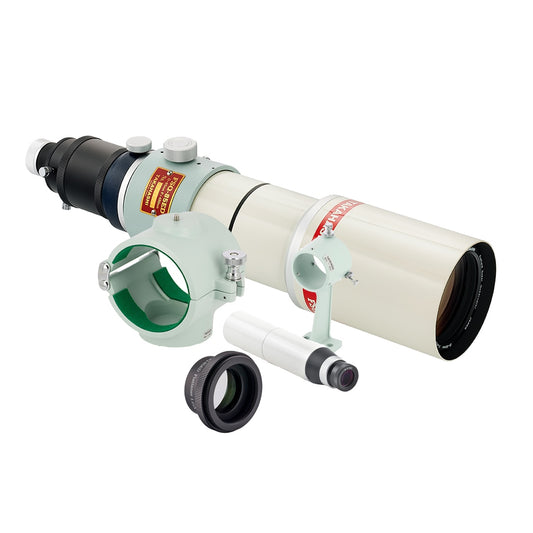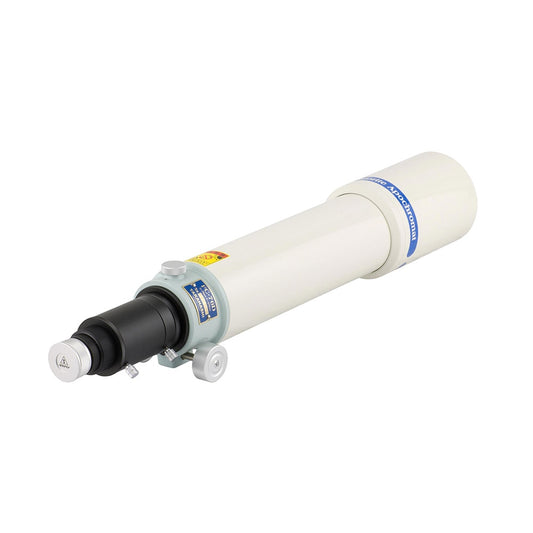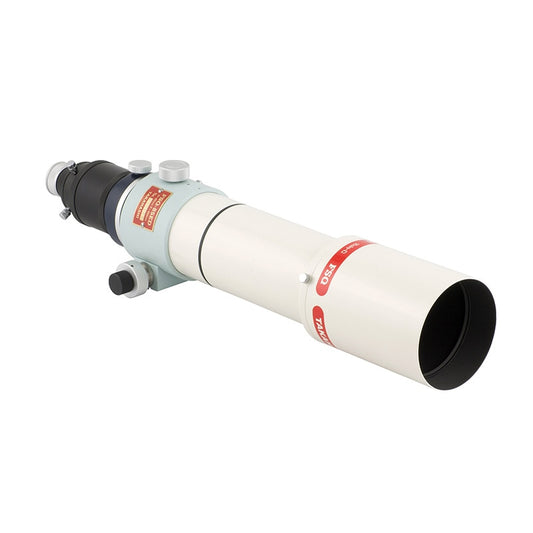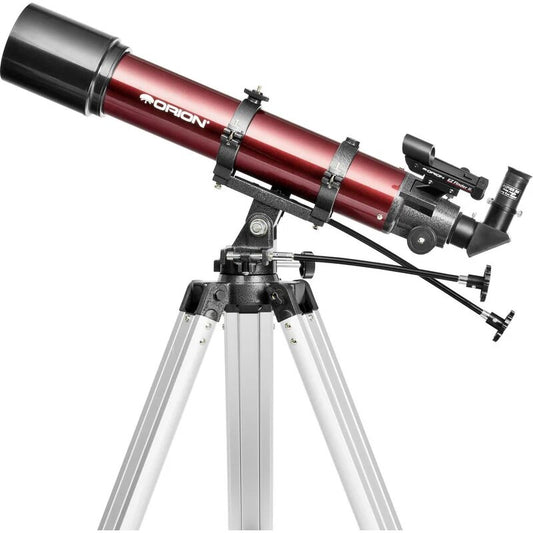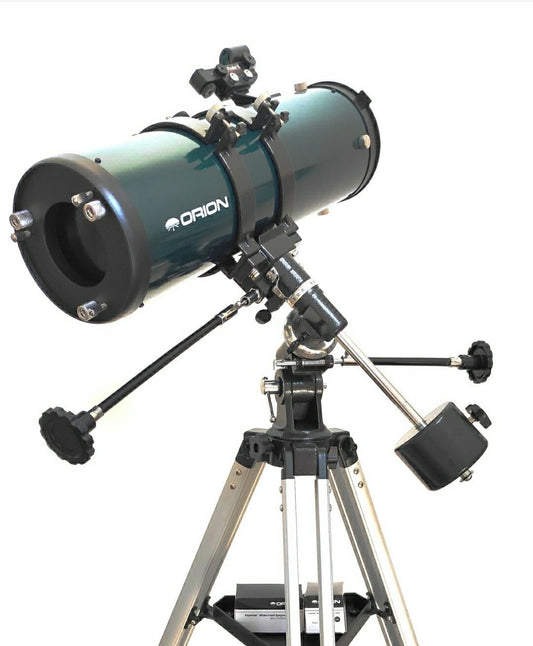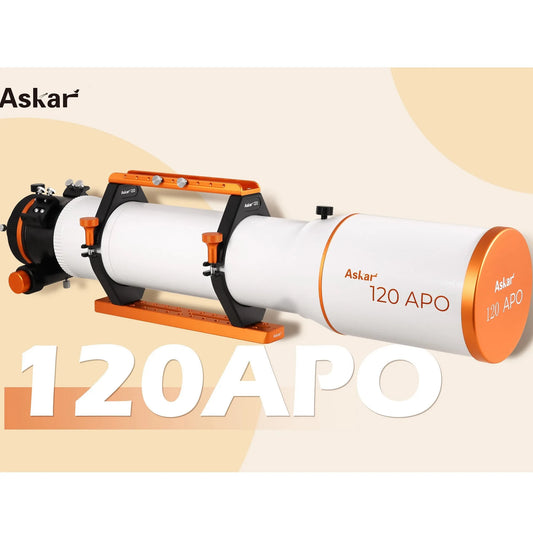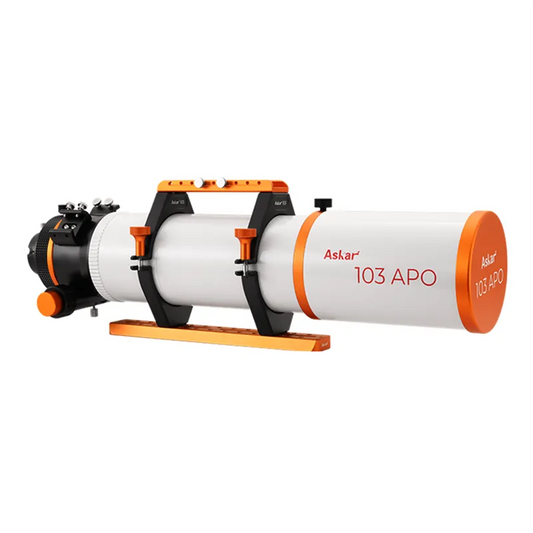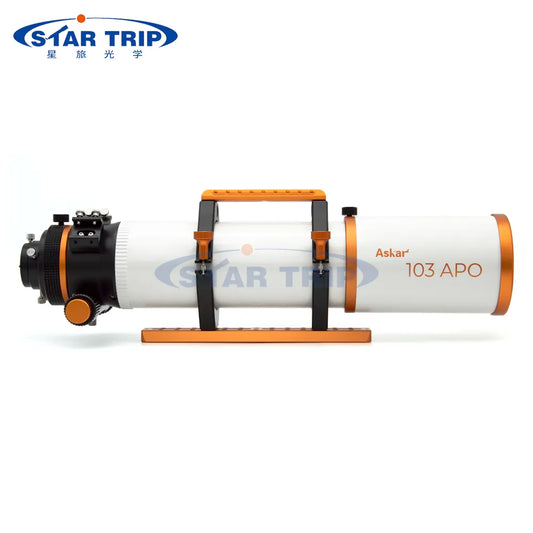Are There Telescopes for Smartphone Camera?
Smartphone cameras have come a long way in recent years, with many models now featuring high-quality lenses and advanced image processing capabilities. As a result, many people are now wondering if it is possible to use their smartphone camera as a telescope. In this blog post, we will explore the question of whether there are telescopes available for smartphone cameras, how they work, and what their limitations are.
What are Smartphone Telescope Adapters?
Smartphone telescope adapters are devices that allow you to attach your smartphone camera to a telescope. They typically consist of a bracket that holds your smartphone in place, and an adapter that attaches the bracket to the eyepiece of the telescope. By aligning the camera lens with the eyepiece of the telescope, the adapter allows you to capture images and video of distant objects like stars, planets, and galaxies.

How Do Smartphone Telescope Adapters Work?
Smartphone telescope adapters work by using the camera lens of your smartphone to capture light from the eyepiece of the telescope. The adapter holds the smartphone camera in place, allowing it to align with the eyepiece of the telescope. The camera lens then captures the light from the eyepiece, creating an image or video of the object being observed.
Benefits of Using a Smartphone Telescope Adapter
Using a smartphone telescope adapter offers several benefits, including:
- Affordability: Smartphone telescope adapters are often much more affordable than traditional telescopes, making them a great option for amateur astronomers on a budget.
- Portability: Smartphones are small and lightweight, making them easy to transport and set up. This makes them a great option for on-the-go observing.
- Ease of use: Smartphone telescope adapters are often very easy to use, with no complex controls or settings to worry about. This makes them a great option for beginners who are just getting started with astronomy.
Limitations of Smartphone Telescope Adapters
While smartphone telescope adapters offer several benefits, there are also some limitations to consider, including:
- Image quality: The image quality captured by a smartphone telescope adapter is often not as good as that captured by a dedicated telescope. This is because the lens and sensor of a smartphone camera are not optimized for astronomy.
- Magnification: Smartphone telescope adapters typically have lower magnification than dedicated telescopes, which can limit their usefulness for certain types of observing.
- Stability: Because smartphones are lightweight, they can be prone to vibrations and movement, which can affect image quality. It is important to use a stable and sturdy mount when using a smartphone telescope adapter.
Types of Smartphone Telescope Adapters
There are several types of smartphone telescope adapters available on the market, each with its own unique features and benefits. Here are a few of the most common types:
- Clamp-on adapters: These adapters attach directly to the eyepiece of the telescope and clamp onto the smartphone, holding it in place. They are typically very simple to use and offer a high degree of stability.
- Screw-on adapters: These adapters screw directly onto the eyepiece of the telescope, providing a more secure attachment than clamp-on adapters. However, they can be more difficult to set up and may require some adjustment to get the alignment just right.
- Universal adapters: These adapters are designed to fit a wide range of smartphone models and telescope eyepieces. They offer a great deal of versatility and can be a good option for those who have multiple devices or telescopes.
- Dedicated adapters: Some smartphone manufacturers, like Samsung and Apple, offer dedicated telescope adapters that are specifically designed for their devices. These adapters may offer superior image quality and integration with the device's camera software.
Tips for Using a Smartphone Telescope Adapter
If you are planning to use a smartphone telescope adapter, here are a few tips to help you get the most out of your setup:
- Use a stable mount: A stable and sturdy mount is essential for preventing vibrations and movement that can affect image quality. Consider investing in a tripod or other stable mount for your telescope.
- Experiment with different settings: Experiment with different camera settings, such as exposure time and ISO, to get the best image quality. You may also want to try using different apps for capturing and processing your images.
- Consider additional accessories: To further improve your image quality, consider investing in additional accessories like filters or specialized eyepieces.
- Align your telescope carefully: Make sure your telescope is properly aligned and focused before attaching the smartphone adapter. This will help ensure that you get the best possible image quality.
Safety Precautions
While using a smartphone telescope adapter can be a fun and rewarding experience, it is important to take proper safety precautions when observing the night sky. Here are a few things to keep in mind:
- Never look directly at the sun: Looking directly at the sun, even for a brief moment, can cause permanent damage to your eyes. Always use a solar filter or other specialized equipment when observing the sun.
- Avoid observing in heavily light-polluted areas: Light pollution can interfere with your observations and make it difficult to see faint objects. Try to observe from areas with minimal light pollution for the best results.
- Dress appropriately for the weather: Observing the night sky can be cold and uncomfortable, especially during the winter months. Make sure to dress warmly and bring blankets or other accessories to stay comfortable.
- Use caution when setting up and transporting your equipment: Telescopes and other equipment can be heavy and unwieldy, so make sure to use caution when setting up and transporting your equipment to avoid injury or damage.
Conclusion
In conclusion, smartphone telescope adapters are a great option for amateur astronomers looking to explore the night sky without investing in a dedicated telescope. They offer affordability, portability, and ease of use, making them a great option for beginners and on-the-go observing. However, they do have some limitations when compared to traditional telescopes, including lower image quality and magnification, and issues with stability. Overall, smartphone telescope adapters are a great addition to any amateur astronomer's toolkit, but they should not be seen as a replacement for a dedicated telescope.
More Telescope Topics:
- Best Deep Sky Objects by Month
- Best Telescope for Viewing Planets and Galaxies
- Best Telescope to See Planets and Galaxies
- Best Telescope Eyepiece for Viewing Planets
- Reflector Vs Refractor Telescope
- William Optics Redcat 51
- Takahashi Telescopes
- Brightest Objects in the Night Sky
- What Does a Focal Reducer Do on a Telescope
- Ax Telescope Mount
- Equatorial Telescope Mount
- Types of Telescopes
- Telescope Mounts Explained
- What is a Catadioptric Telescope
- Telescope Aperture
- How Does a Telescope Work
- How Much Does a Telescope Cost
- Best Telescopes Under $1000
- What Makes a Good Telescope
- What Does a Focal Reducer Do
- Stellarium
- Bahtinov Mask
- Qhyccd Polemaster Review


